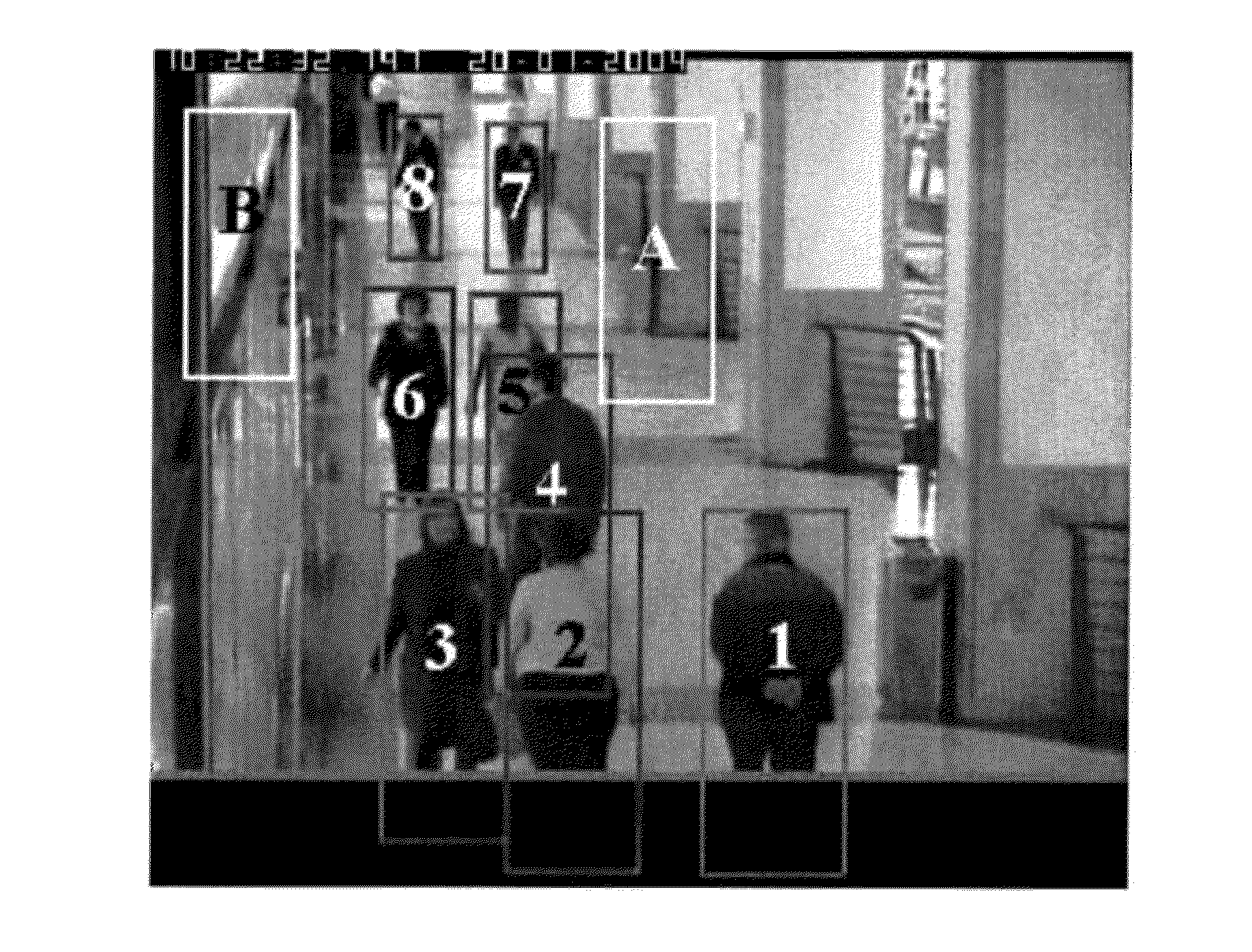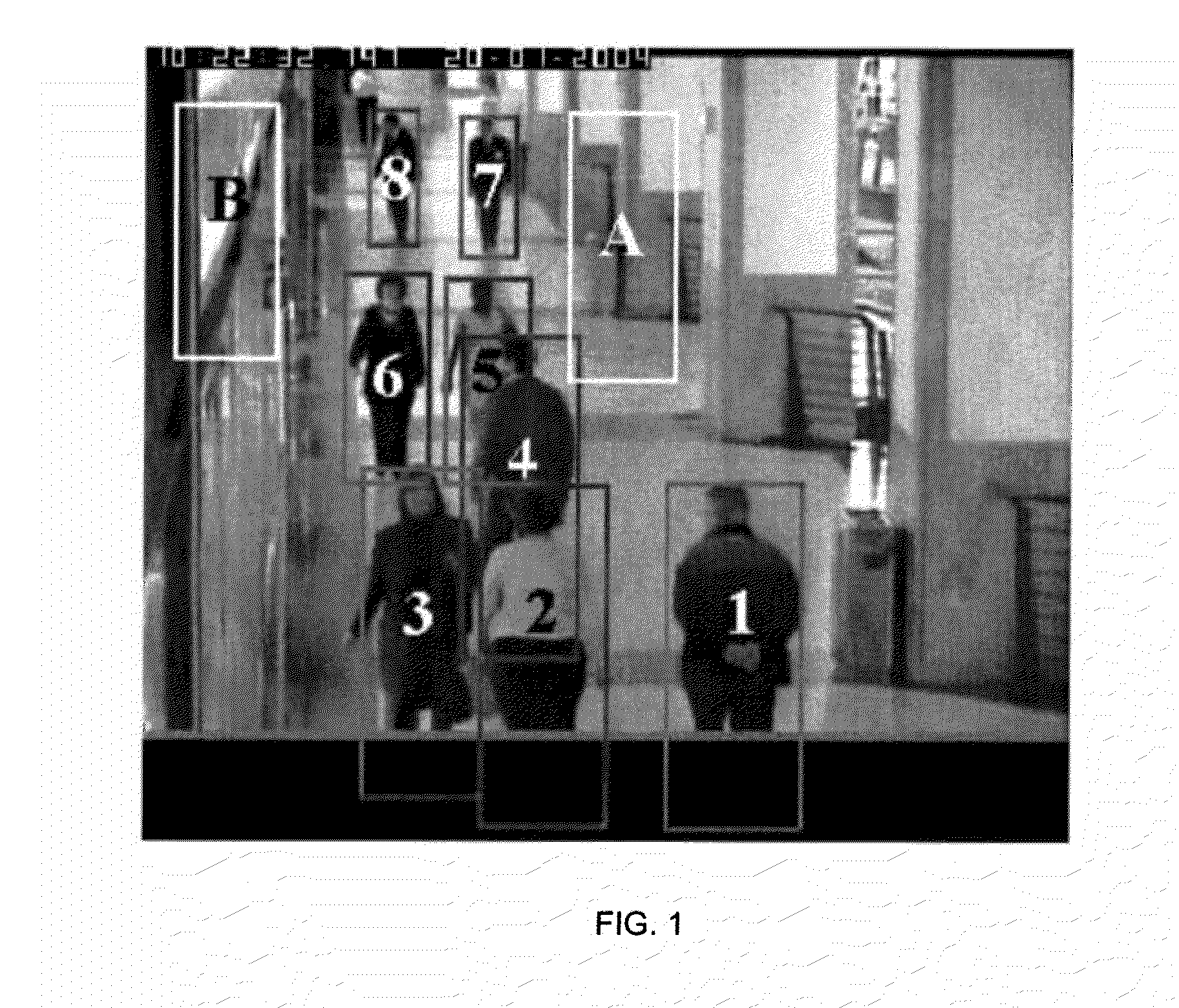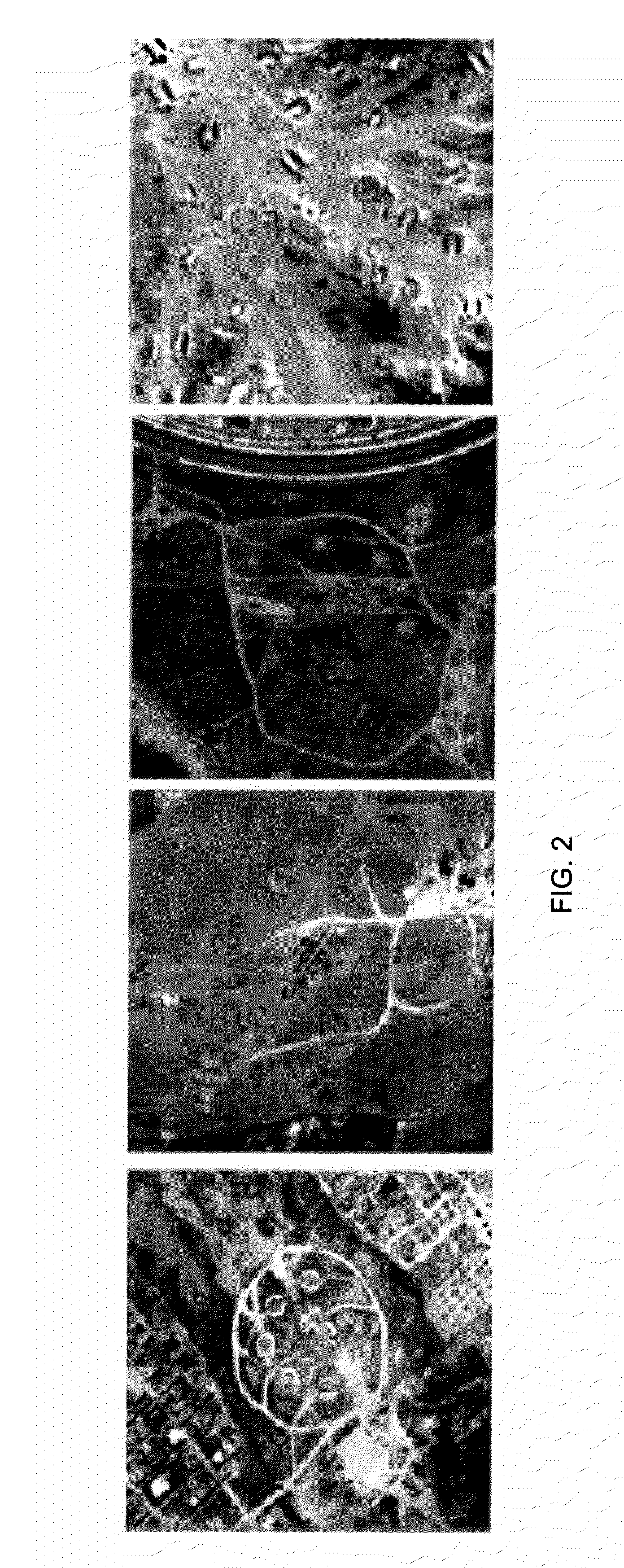Predicate Logic based Image Grammars for Complex Visual Pattern Recognition
a logic and image grammar technology, applied in the field of computer vision methods and apparatuses, to achieve the effect of quick and efficient system setup
- Summary
- Abstract
- Description
- Claims
- Application Information
AI Technical Summary
Benefits of technology
Problems solved by technology
Method used
Image
Examples
example
[0316
[0317]FIG. 25 shows a sequence diagram which is part of the BPM for a (simplified) automated teller machine. Such sequence diagrams typically form the lowest level of abstraction of the BPM, but are the places where the business objects of the process are captured.
[0318]Each of the business objects (except for the customer) has some customer-visible representation in the customer's interaction with the SUT. Specifically:
[0319]The ATM has attributes that identify its place in the transaction (card accepted, withdrawal requested, etc.) as well as other attributes not directly related to transaction state (e.g., the amount of cash it has in each denomination it can dispense.) Each of these can become known to the customer through the ATM's user interface. For example, if the customer asks for $5 bills and the ATM has none, it will indicate this via an error screen;
[0320]The Authenticator can either validate the customer's credentials or refuse to do so. This will be indicated to t...
example mapping
[0343
[0344]Continuing the example from above, the business object state may be partially reconstructed from the UI of the ATM as follows. (The comments marked by “CMNT—“ show how the BPM attribute is inferred from the UI of the ATM.)
[0345]ATM:[0346]The ATM's transaction state at any time. CMNT—can be inferred from the UI transitions;[0347]The cash balance is the amount that the ATM started with, minus successful withdrawals. CMNT—Success of a withdrawal is indicated by transitions of the UI;
[0348]Authenticator:[0349]The Authenticator either validates the credentials for a particular customer at a certain time, or it does not. Its set of validated customers either includes that customer or it does not, on that basis. CMNT—The UI of the ATM indicates this by state transitions at the start of the transaction;
[0350]Account Manager:[0351]The Account Manager provides the set of accounts owned by each customer. CMNT—This is indicated by the account choices available to the customer in the ...
PUM
 Login to View More
Login to View More Abstract
Description
Claims
Application Information
 Login to View More
Login to View More - R&D
- Intellectual Property
- Life Sciences
- Materials
- Tech Scout
- Unparalleled Data Quality
- Higher Quality Content
- 60% Fewer Hallucinations
Browse by: Latest US Patents, China's latest patents, Technical Efficacy Thesaurus, Application Domain, Technology Topic, Popular Technical Reports.
© 2025 PatSnap. All rights reserved.Legal|Privacy policy|Modern Slavery Act Transparency Statement|Sitemap|About US| Contact US: help@patsnap.com



